EU looks beyond the West as Trump tariffs redraw global trade

With US President Donald Trump slapping tariffs on European imports and threatening more, Brussels is scrambling to rewrite its trade playbook. The EU is now urgently seeking new markets and allies that still believe in fair trade and clear rules.
Trump’s re-election in November had already prompted the bloc to reach out to strengthen trade relationships, but the events of recent weeks have pushed the EU and its member states to intensify its efforts.
The EU’s trade relations diary has been packed full since January. The bloc agreed to strengthen trade ties with Mexico days before Trump was sworn in, and reopened commerce negotiations with Malaysia on his inauguration day. Then in February and March, the EU’s top officials met leaders of India and South Africa for talks on topics including trade, while actively pursuing closer ties with Canada.
Earlier this month, the EU launched talks on an agreement with the United Arab Emirates. “In an unstable world, partnerships with trusted allies around the world with clearly defined rules for mutual gain are more valuable than ever,” an EU spokesman has said.
It’s a sentiment that’s been gaining traction across the continent since Trump announced tariffs on EU goods earlier this month. He initially announced a 20 percent tariff on imports from the bloc, then suspended it for 90 days. In the meantime, however, most EU imports are still facing a 10 percent tariff.
The Spanish Minister of Economy, Carlos Cuerpo, suggested at the last meeting of trade officials in Luxembourg that the tariff war with the US should serve as a ‘spur’ to diversify the EU bloc’s relations with other partners.
Czech Prime Minister Petr Fiala has also stressed the need to look for alternative markets. He mentioned the speedy conclusion of a free trade agreement with Mercosur (a trade bloc of South American countries including Brazil, Bolivia, Argentina, Paraguay and Uruguay) or the establishment of agreements with India or the countries of South-East Asia.
“We want the EU to tear down walls where others are building them,” Swedish trade minister Benjamin Dousa told TT News Agency already in March.
Will the EU and China become closer?
Spanish Prime Minister Pedro Sánchez also sees opportunities, particularly in Asia. He advocated for “strengthening and balancing the economic and trade relationship” between China and Spain during a visit to the country on April 11. He insisted he has always made it clear that his country wants to “continue developing them based on balance and reciprocity”.
“We want to contribute to a positive relationship between the US and the EU, but a solid relationship between China and the EU and between China and Spain is necessary,” he added, saying there needs to be a rebalance of trade.
The EU had a trade deficit of 304.5 billion Euro with China in 2024.
Chinese President Xi Jinping said during the visit that “there are no winners in a trade war and going against the world only leads to self-isolation”.
In Brussels, EU sources told Italian agency ANSA they are noticing a slight change in Beijing’s attitude. Channels have been reopened to improve trade relations with the Asian giant and a high-level EU-China summit has been announced for July.
However, the lack of a level playing field between companies in each bloc and the possibility of Chinese products flooding the European market in the face of new obstacles to entering the US market fuel Brussels’ reluctance to believe that Beijing can become a sympathetic partner in the near future.
EU countries eye up increased trade with India
Belgium also sees opportunities in the current trade climate. Just like the European Commission and several other member states, Belgium considers India to be an attractive partner. At the beginning of March, Princess Astrid of Belgium led a huge trade mission to Delhi and Mumbai. Pharmaceuticals, defence, diamonds, logistics, aerospace and green energy were high on the agenda.
“It seems to me that this is the perfect time for Europe to assertively conclude free trade agreements with new partners around the world who are looking to us more than ever,” Belgian Prime Minister Bart De Wever said when the tariffs were first announced.
The president of Singapore undertook a state visit to Belgium later that month, as a further testament to Belgium’s broader strategy of deepening ties with Asia.
Incoming German chancellor Friedrich Merz is making similar noises. “The global balance is shifting, and we Europeans need (new trading partners) very quickly,” he said earlier this month.
A deal with South America is on the cards
There is hope in the EU that the ratification of the trade agreement with the South American countries will progress quickly and that the process can be completed this year. An agreement was reached in December of last year but to be approved it must receive the backing of the European Parliament and at least 15 of 27 EU states, representing a minimum of 65 percent of the population.
It is uncertain if this will happen. The deal has faced fierce criticism from environmental groups over concerns it will lower environmental protection and increase deforestation. Farmers have also protested the deal saying it could put them at a disadvantage as products in the Mercosur countries are subject to less stringent regulations, so they can be produced more cheaply.
Several EU countries have expressed dissatisfaction with the deal including France, Poland and Austria, but the urgency of securing new trading partners could soften their stance and make ratification of the pact easier.
Brussels is “dialoguing” with the most reluctant countries. The European Commission aims to complete the legal review of the text before the end of next summer. That will pave the way for ratification and force EU countries and the European Parliament, where there are also significant voices against it, to speak out.
Smaller European countries want more free trade
In some smaller European countries there are concerns about the impacts the tariffs could have on the economies of bigger European countries, like Germany, who they heavily rely on for trade.
Slovenia, as a small and export-oriented economy, has traditionally been tied mainly to European markets, while the US is only Slovenia’s 12th most important trading partner. Slovenian companies therefore have been looking for business opportunities in third markets, especially in the Middle East and Asia. According to the Slovenian Statistics Office, in 2024 the value of Slovenian exports to non-EU countries jumped by 25 percent year-on-year, while the value of imports from these countries increased by 47 percent .
Zdenko Lucić, state secretary at the Foreign Ministry of Croatia, said the US accounts for around 2 percent of Croatia’s goods trade. “We’ve faced greater crises before, such as the COVID-19 pandemic and the war in Ukraine, and our economy recovered from them relatively quickly.”
In Bulgaria, the US has accounted for a relatively small but steady share of foreign trade, approximately 2.5 percent of exports and 1.2 percent of imports, according to Economy and Industry Ministry data.
The government of North Macedonia thinks it could be a moment for the country to improve ties with the US. The tariffs introduced for North Macedonia shouldn’t be a cause for panic and shouldn’t be interpreted negatively, the country’s Finance Minister, Gordana Dimitrieska-Kochoska, told news agency MIA.
“We might use it as a chance for the Macedonian economy since the Government has established good communication with Washington, which is very important. Although currently our trade with the United States is below one percent, it could be still viewed as an advantage in the period to come.”
Bosnia and Herzegovina has a similar outlook. It relies heavily on the EU for trade, with over 70 percent of its exports and 66 percent of its imports tied to the EU. While the US is a smaller trade partner, especially for defense exports, new US tariffs have hurt this sector, prompting the country to consider lifting its own tariffs to ease trade and potentially angle for a free trade deal.
In the case of Ireland though, tariffs could have a significant negative impact. In 2024, the country exported 72 billion Euro worth of goods to the US. Much of this figure came from pharmaceuticals, an industry which has been exempt from the tariffs up until now, but Trump has signalled his intention to change that.
This article is published twice a week. The content is based on news by agencies participating in the enr.
What's Your Reaction?
 Like
0
Like
0
 Dislike
0
Dislike
0
 Love
0
Love
0
 Funny
0
Funny
0
 Angry
0
Angry
0
 Sad
0
Sad
0
 Wow
0
Wow
0




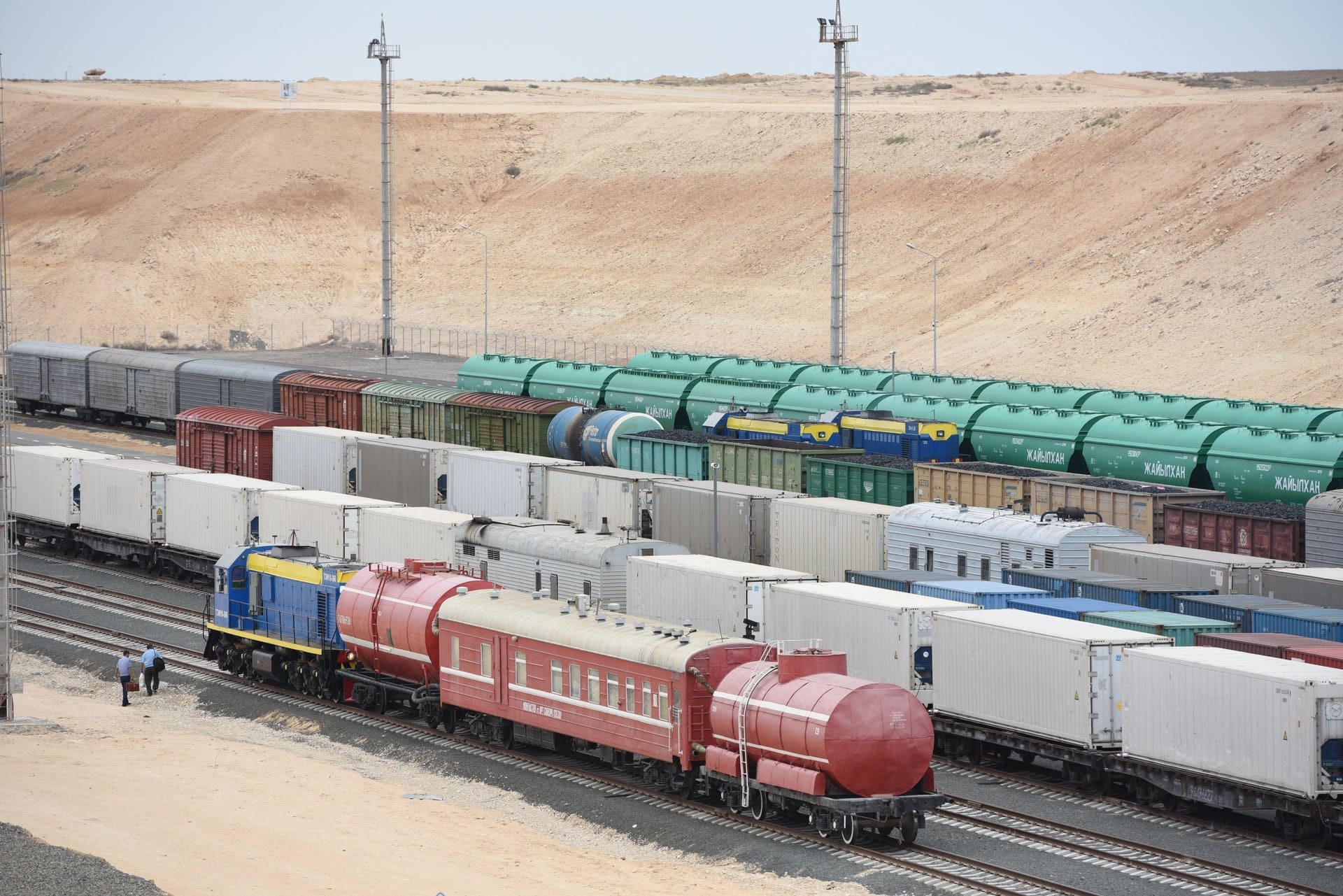
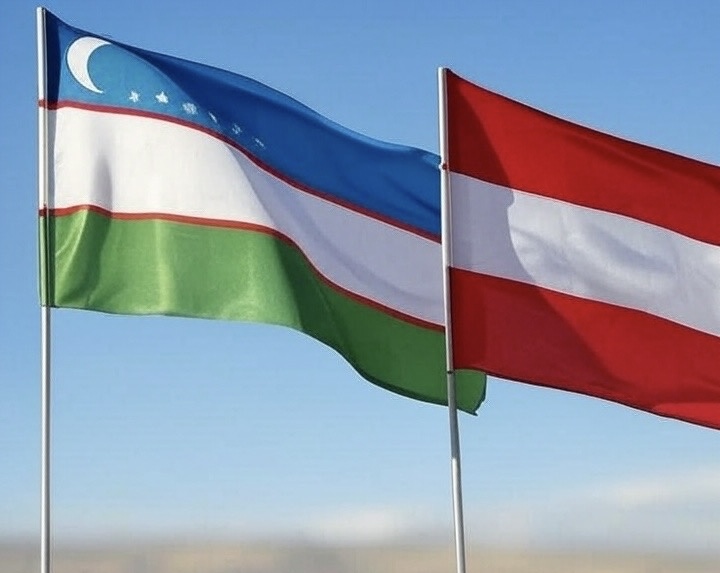

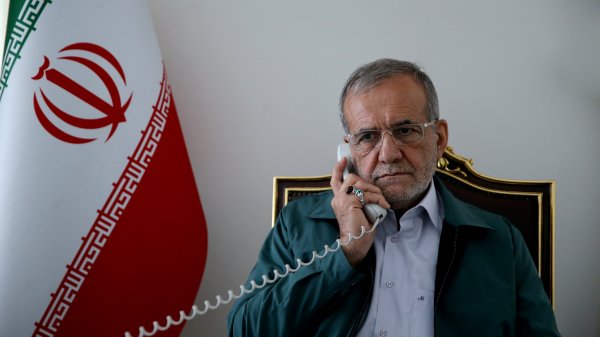












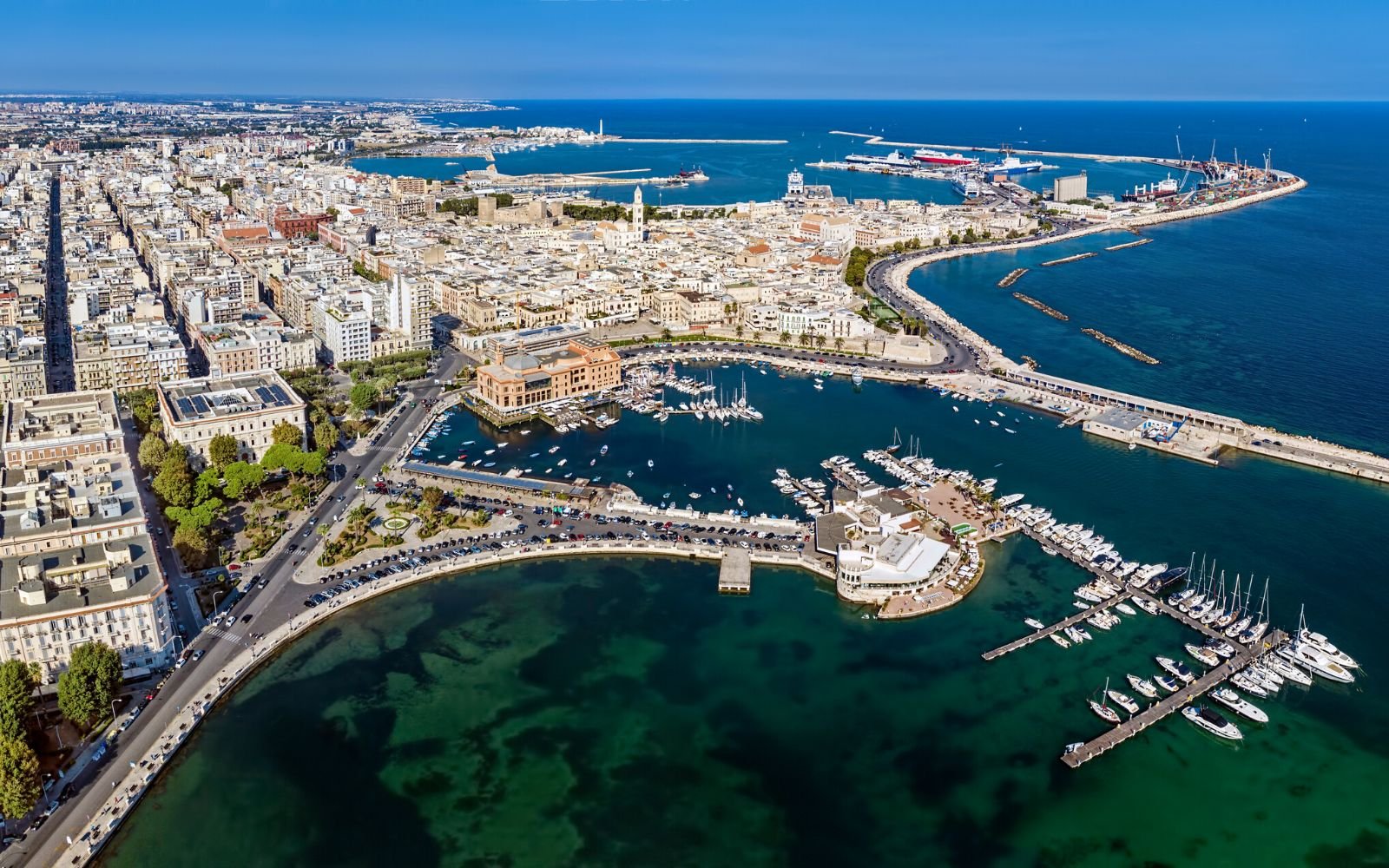
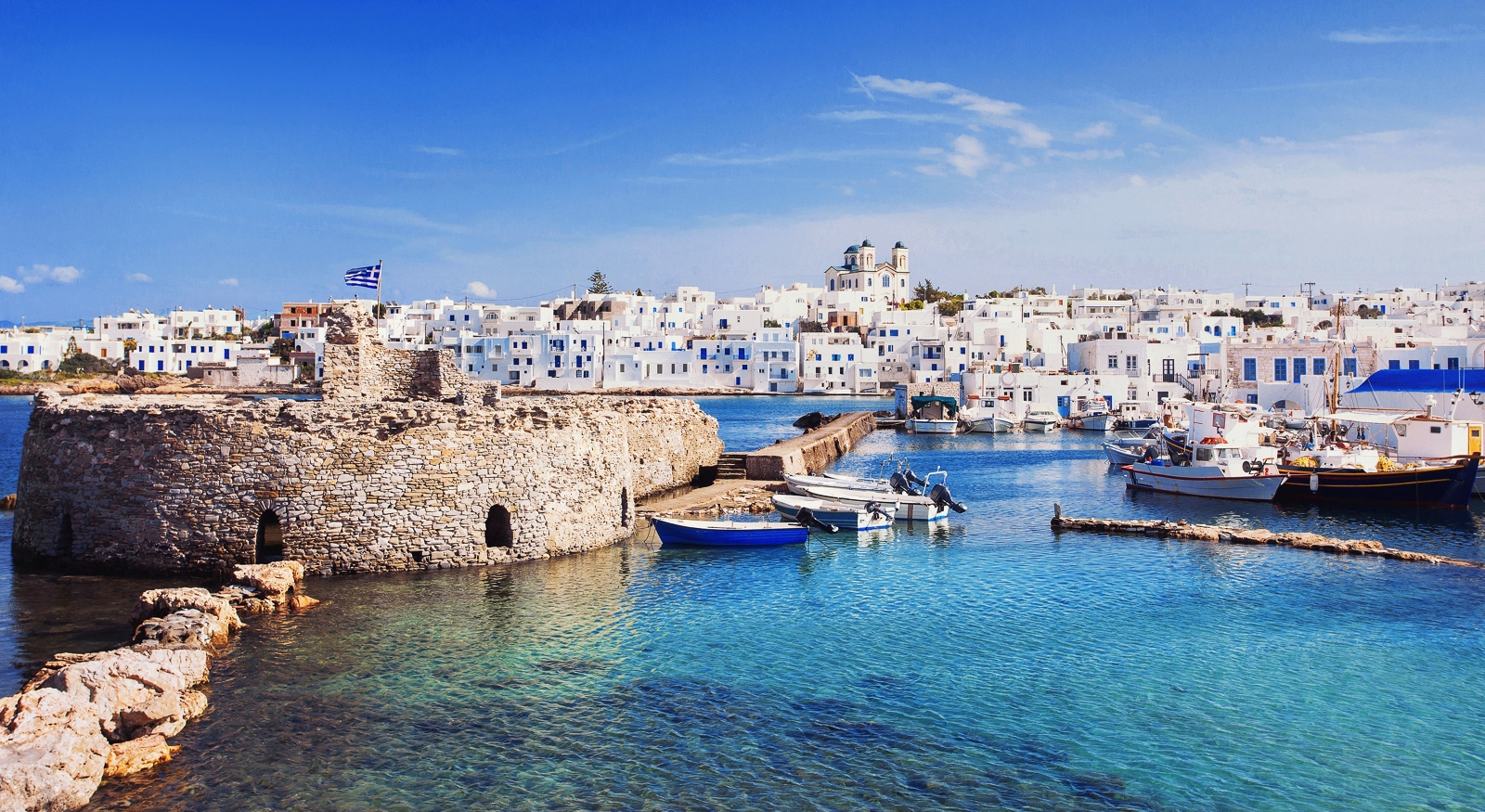






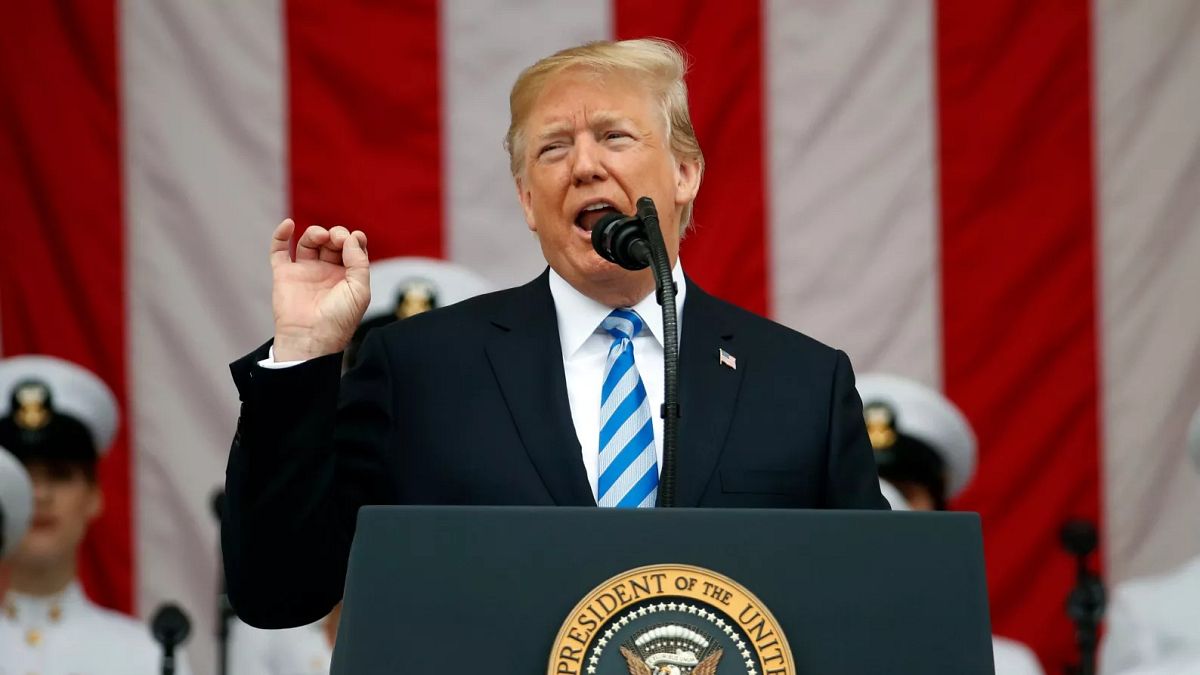






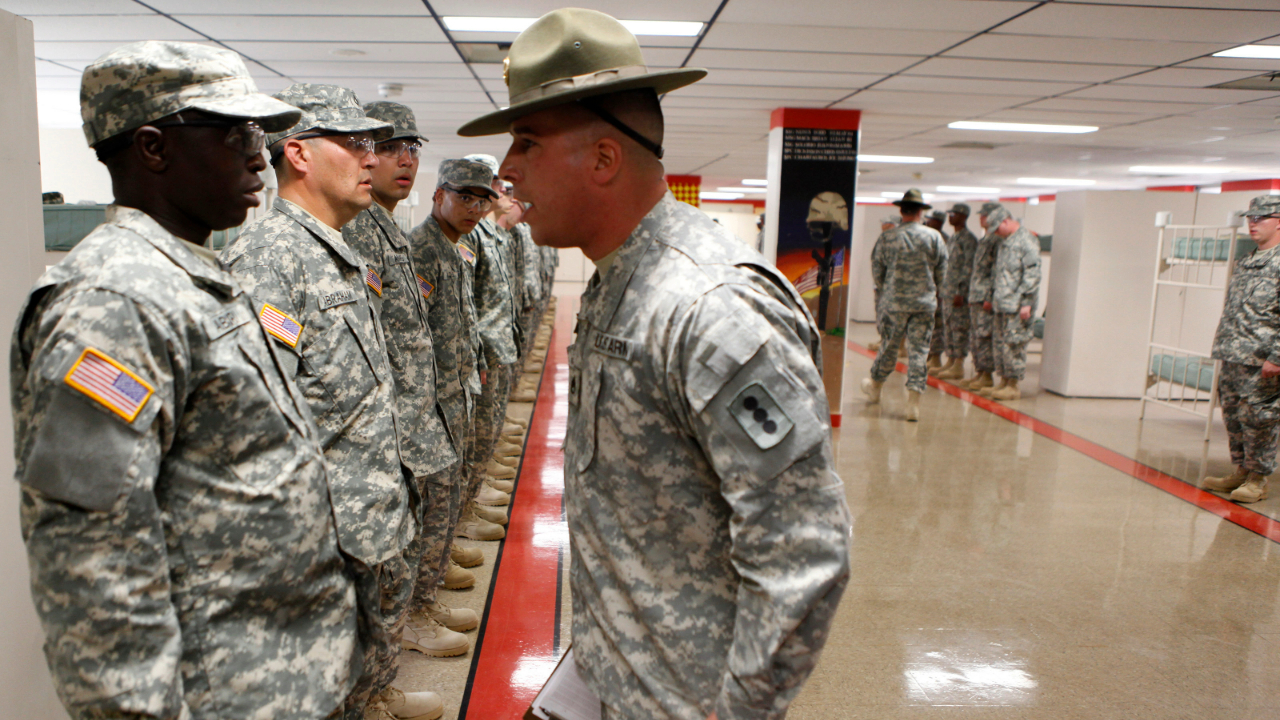




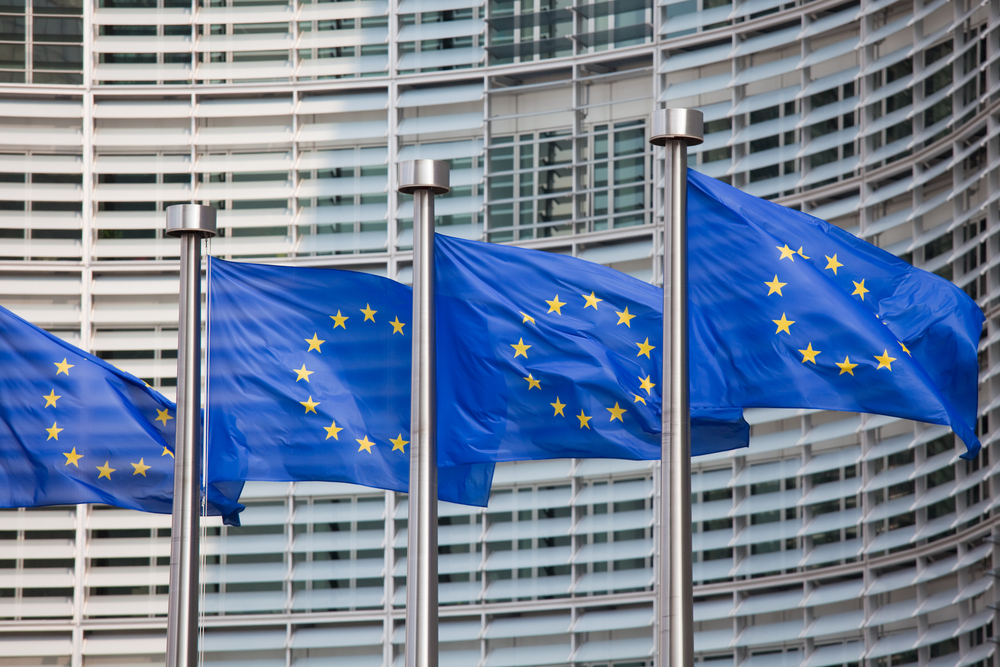

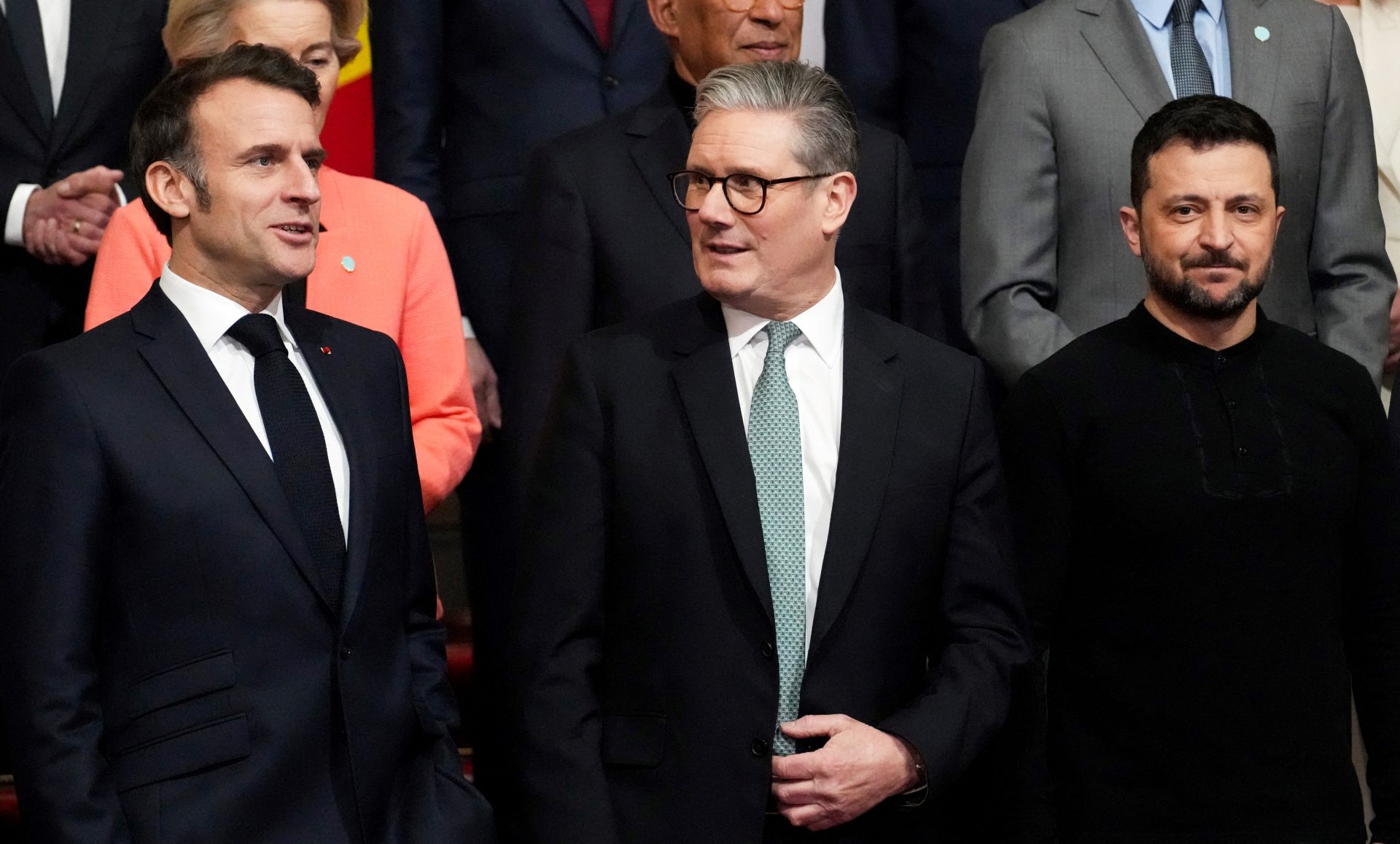


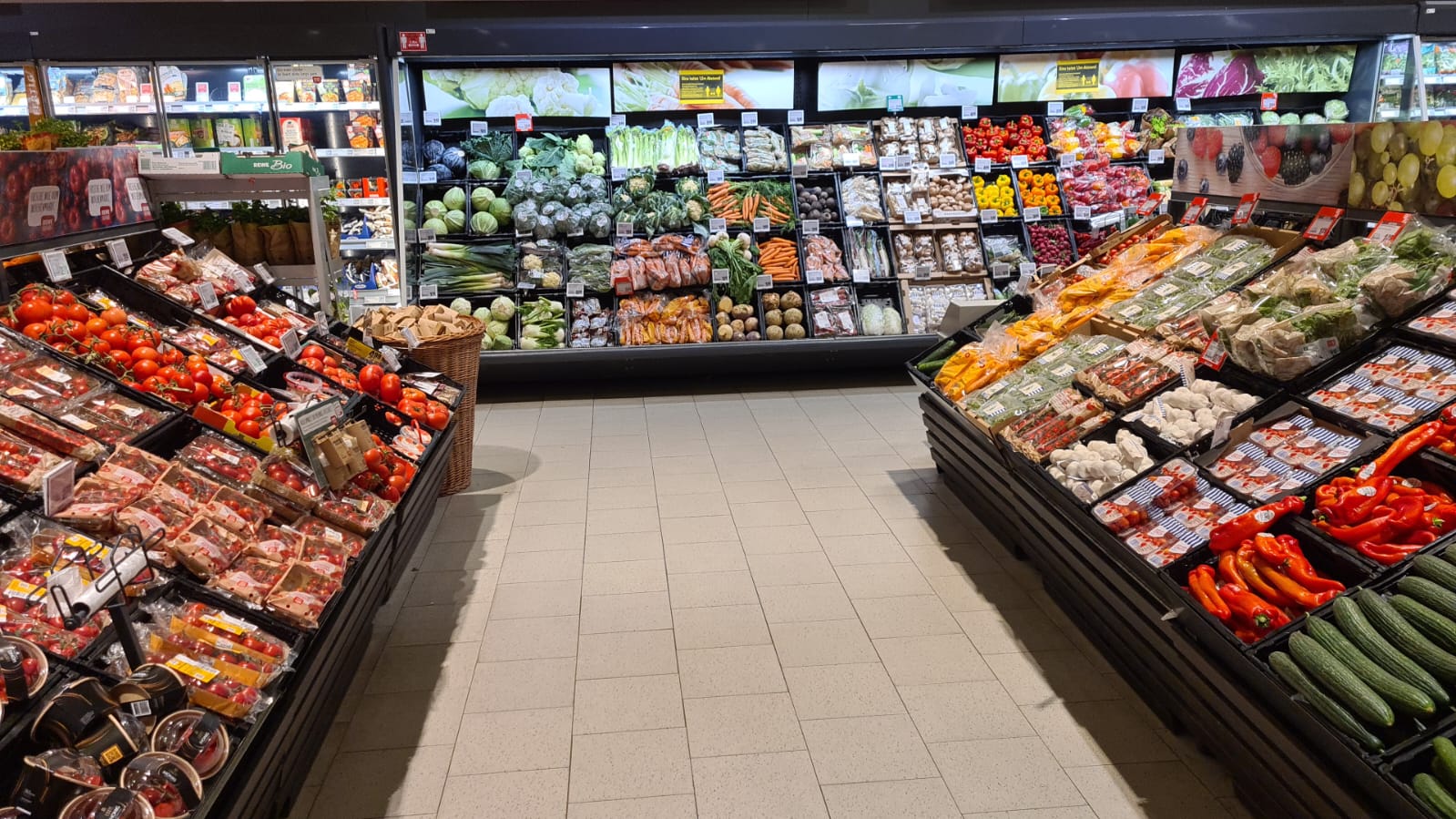


.png?Expires=1838763821&Key-Pair-Id=K2ZIVPTIP2VGHC&Signature=IO0~CT3pU-TcxGc~yoZSmoQx23MZVuK-~4jSii~NKEblRmyO3el7NXPu~Rh1o23voASg7hlcHLw4kvQuDK1jssEhcjoNBBvEpZ~GGOAU6yosBhpHpeF179F~h7i6VxmsBNh9gtTutkoqY73O2YCFey~IAqSzKbBqETP1kP9cAg1916Z1YkJJs-5MliMrkZ5d7-mWGLbpHp2wGj2VlMph8XzYlL4~y1O7fB~JdIS~Rs4RMRs2x0WT1qUIpHAsf3GdwtOyAmKFSpIg8xCyNGZZ5h~13nXlmpd7uPvW8tBfttpG9pFTqcway-uch5WyfHOEfi7UlJCOWrr6fCYY5PMgSg__)
